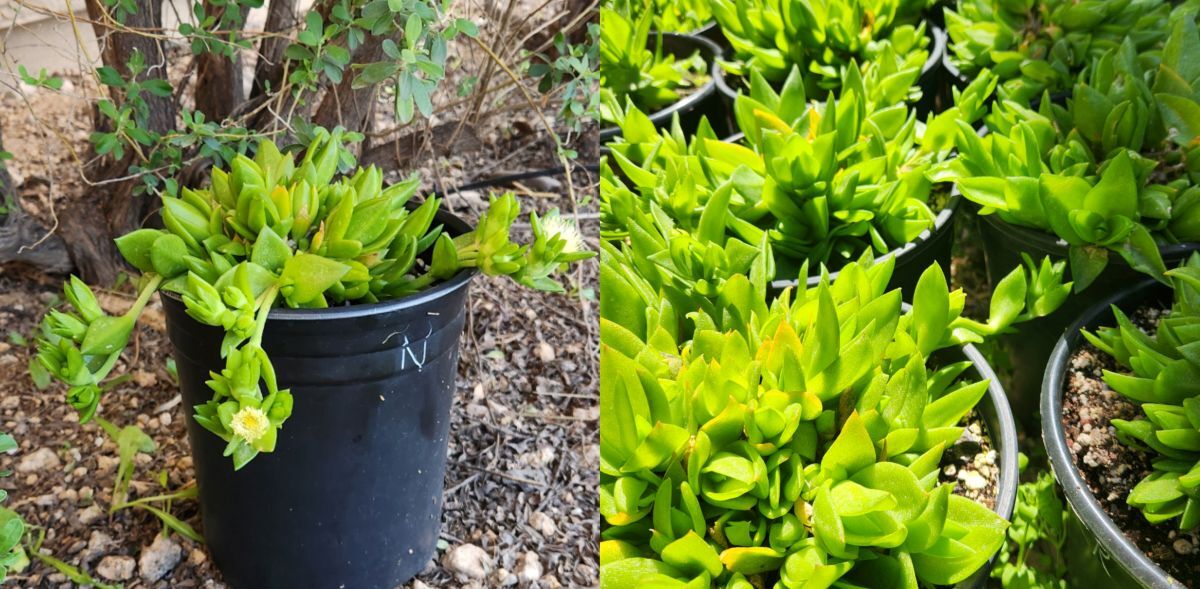How to Grow Kanna (Sceletium tortuosum)

A detailed, research-informed guide for both soil and hydroponic growing of healthy Kanna plants.
Quick Overview
Kanna is a succulent native to South Africa’s semi-arid regions, favoring warm temperatures, partial shade, and well-draining soils.
- Temperature: 70–90°F (21–32°C)
- Light: Bright, filtered sunlight; protect from harsh midday sun
- Soil: Fast-draining, mineral-rich media (sand or perlite)
- Watering: Deep soaking followed by drying cycles
- Feeding: Light, balanced nutrition
Soil Growing — Setup

Use a well-draining blend such as:
- 1 part quality potting soil
- 1 part coarse sand, perlite, or pumice
Container: Terracotta or breathable fabric pots recommended.
Watering Routine
- Water deeply, then allow soil to dry
- Monitor pot weight and leaf turgor
- Check soil depth for moisture before watering again
Fertilizing
Use diluted fertilizer (15-15-15 or succulent formula) at 1/4–1/2 strength every 2–3 weeks during active growth.
Hydroponic Growing
- Medium: Silica sand or perlite/sand mix
- Nutrient ratio: 19:8:16 N:P:K, mildly nitrogen-forward
- Strength: Start at 1/2 recommended solution
- pH: Maintain around 6.0
- Fertigation: Every 3 weeks; adjust to environmental conditions
Light & Temperature

Bright light with protection from scorching midday sun; ideal temperature 70–90°F (21–32°C).
Companions & Siting
Replicate natural microclimates using shrubs, rocks, or shade cloth for partial protection.
Practical Tips & Troubleshooting
- Refresh soil yearly to maintain root health
- Ensure proper airflow to prevent fungal issues
- Provide shade during heat stress
- Use breathable containers to avoid waterlogging
Growing for Medicinal & Alkaloid Quality
- Use silica-rich, well-aerated media
- Moderate feeding; avoid excess nitrogen
- Deep watering followed by drying cycles
- Maintain stable light and temperature conditions
Methods align with findings from Faber et al. (2020) for consistent mesembrine-type alkaloid levels.
References
Faber RJ, Laubscher CP, Rautenbach F, Jimoh MO (2020). Variabilities in alkaloid concentration of Sceletium tortuosum in response to different soilless growing media and fertigation regimes. PMC7670209.
